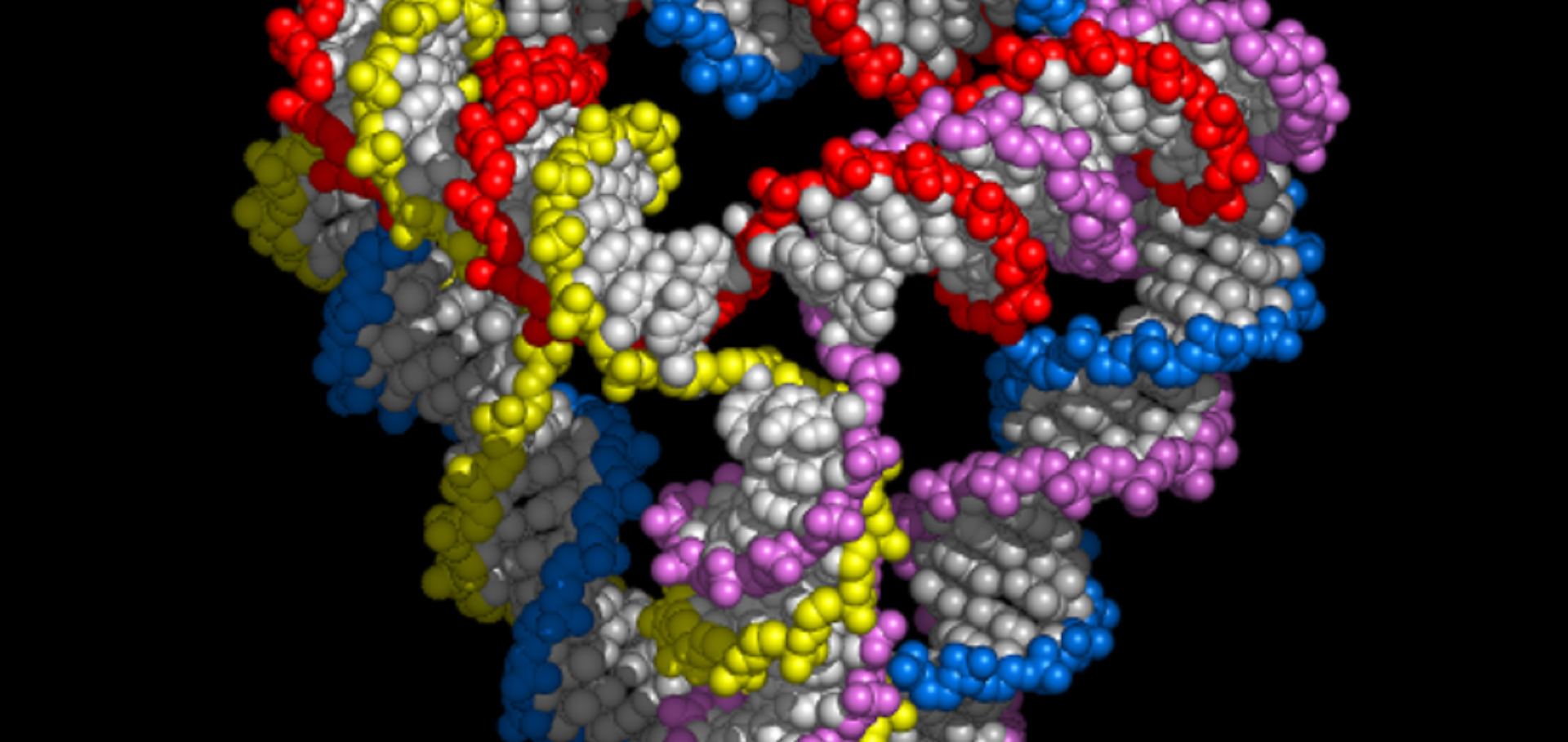Folding pathways: DNA origami as a model system
EUROPEAN BIOPHYSICS JOURNAL WITH BIOPHYSICS LETTERS 44 (2015) S67-S67
Preface
Natural Computing Springer Nature 13:4 (2014) 497-498
Programmable energy landscapes for kinetic control of DNA strand displacement.
Nature communications 5 (2014) 5324-5324
Abstract:
DNA is used to construct synthetic systems that sense, actuate, move and compute. The operation of many dynamic DNA devices depends on toehold-mediated strand displacement, by which one DNA strand displaces another from a duplex. Kinetic control of strand displacement is particularly important in autonomous molecular machinery and molecular computation, in which non-equilibrium systems are controlled through rates of competing processes. Here, we introduce a new method based on the creation of mismatched base pairs as kinetic barriers to strand displacement. Reaction rate constants can be tuned across three orders of magnitude by altering the position of such a defect without significantly changing the stabilities of reactants or products. By modelling reaction free-energy landscapes, we explore the mechanistic basis of this control mechanism. We also demonstrate that oxDNA, a coarse-grained model of DNA, is capable of accurately predicting and explaining the impact of mismatches on displacement kinetics.Transport and self-organization across different length scales powered by motor proteins and programmed by DNA
Nature Nanotechnology 9:1 (2014) 44-47
Abstract:
In eukaryotic cells, cargo is transported on self-organized networks of microtubule trackways by kinesin and dynein motor proteins. Synthetic microtubule networks have previously been assembled in vitro, and microtubules have been used as shuttles to carry cargoes on lithographically defined tracks consisting of surface-bound kinesin motors. Here, we show that molecular signals can be used to program both the architecture and the operation of a self-organized transport system that is based on kinesin and microtubules and spans three orders of magnitude in length scale. A single motor protein, dimeric kinesin-1, is conjugated to various DNA nanostructures to accomplish different tasks. Instructions encoded into the DNA sequences are used to direct the assembly of a polar array of microtubules and can be used to control the loading, active concentration and unloading of cargo on this track network, or to trigger the disassembly of the network. © 2014 Macmillan Publishers Limited.Molecular Machinery from DNA: Synthetic Biology from the Bottom up
Biophysical Journal Elsevier 106:2 (2014) 23a


